
Polyurethane Wheel High Quality Customize Polyurethane Rubber Roller Conveyor Drive PU Silicone Wheels






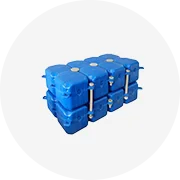
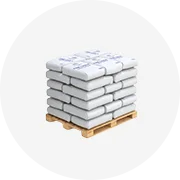

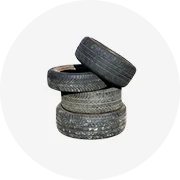
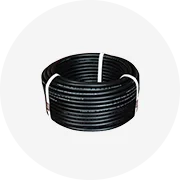

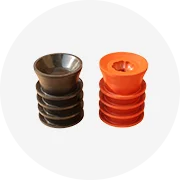
Electrostatic Discharge (ESD) rubber rollers are specialized tools designed to minimize static electricity in various industrial processes. These rollers are essential in environments where static control is crucial, such as in electronic assembly lines or printing workshops. ESD rubber rollers are crafted to ensure consistent electrical conductivity across their surface, providing a safe pathway for static to dissipate.
The composition of ESD rubber rollers varies, with common materials including neoprene, silicone, and EPDM. Each material offers distinct properties, such as resistance to heat, chemicals, and wear, making them suitable for different applications. Neoprene rollers are known for their durability, silicone rollers for their high-temperature resistance, and EPDM rollers for their weather-resistant qualities.
ESD rubber rollers are utilized in a multitude of settings. In the electronics industry, they play a pivotal role in preventing static damage during the manufacturing of sensitive components. In printing, they help in reducing static-related issues that can affect print quality. Additionally, these rollers are used in material handling and packaging sectors to prevent static buildup on surfaces and products.
The features of ESD rubber rollers include their ability to withstand various environmental factors while maintaining their conductive properties. They are designed to be durable, with a surface that can endure repeated use without significant wear. The advantage of using these rollers is their contribution to product longevity and reliability by preventing static-induced damage.
ESD rubber rollers can be tailored to meet specific industrial requirements, including varying levels of hardness, thickness, and conductivity. This customization ensures that they can be integrated into a wide range of machinery and applications, from small-scale operations to large production lines.
When selecting an ESD rubber roller, it is important to consider the specific needs of your application, including the required level of static control and the environmental conditions the roller will be exposed to. It is also crucial to choose the right material that offers the best combination of properties for your particular use-case.